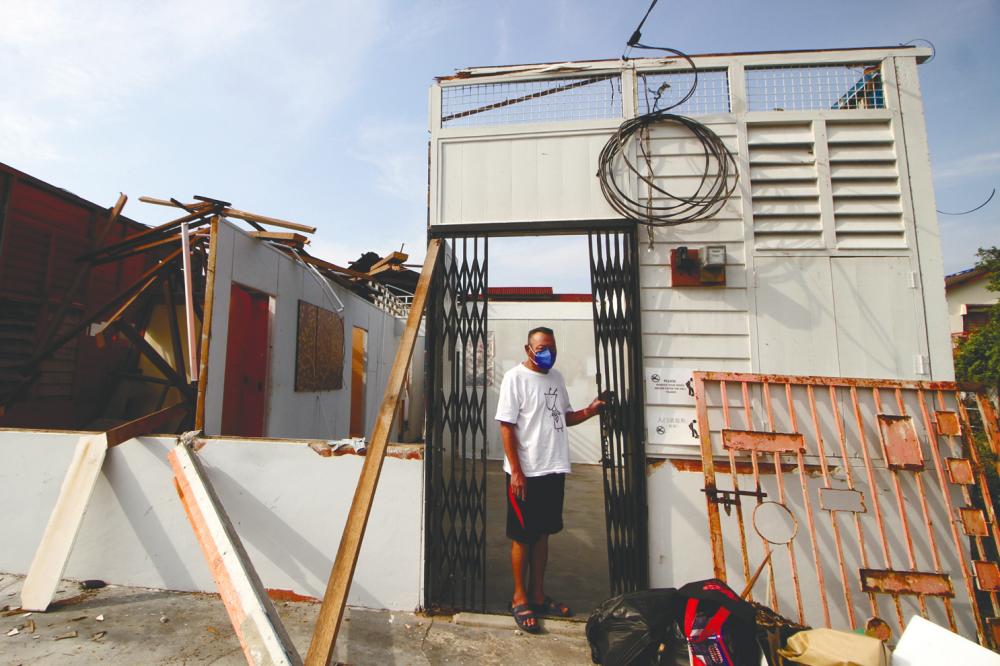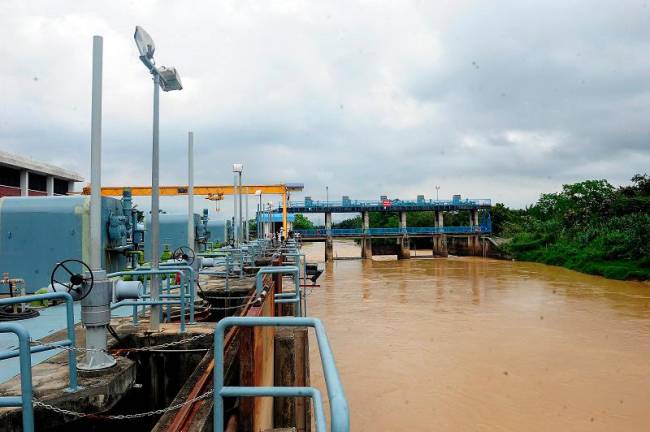PETALING JAYA: Climate change played a part in the recent tornado-like freak storm that hit the Kinta district in Perak.
Climatologist Dr Renard Siew said we are seeing cases of extreme weather due to the effects of global warming.
He pointed to the landspouts that wreaked havoc in Ipoh where more than 200 houses were damaged last Sunday.
“Naturally occurring seasonal changes may increase in intensity due to climatic changes which in turn affect atmospheric pressures,” he told theSun.
“Part of this is due to global warming. There are studies suggesting that for every 1°C increase, the atmosphere holds about 4% more water vapour, so we are seeing stronger thunderstorms.
“Landspouts typically last for a shorter period and dissipate quickly. When such signs appear, it’s important to prioritise safety, avoid standing near trees that might have heavy branches and try to take shelter or be indoors.”
According to Malaysian Meteorological Department Centre for Meteorological Instrumentation and Atmospheric Science senior director Ambun Dindang, large-sized cumulonimbus clouds lead to strong convection.
This in turn forms funnel clouds at the cumulonimbus cloud base, which causes a strong wind shear to form a landspout.
“This is what happened in Perak, we detected large cumulonimbus clouds in the Kinta area that caused landspouts to hit,” said Ambun.
The last landspout in Malaysia was back in October 2019 in Jitra, Kedah where it struck three villages. Up to 20 homes were damaged and trees uprooted.
Chairman of Earth and Environmental Sciences Department at Universiti Kebangsaan Malaysia (UKM), Prof Dr Fredolin Tangang said the weak northeast monsoon winds blowing into our region are less low-temperature and this is causing temperature increases in some states especially in the north of Peninsular Malaysia.
“Movement of weak winds provides conditions for thunderstorms in the late afternoon as we are experiencing at this time, resembling conditions such as those in the months of April-May, and September-October,” he said.
“Secondly, the La Nina phenomenon is in effect. According to my study and groups in UKM, we found increased humidity in Peninsular Malaysia. What if a moderate-strength La Nina occurs in the months December, January and February? What we are experiencing at this time is consistent with the study.”
Ipoh City Council received several reports regarding the incident, according to mayor Datuk Rumaizi Baharin.
A total of 219 houses in four areas in the Kinta district – Taman Desa Seri Chepor, Kampung Tawas, Taman Tasek Damai and Kampung Seri Klebang Tambahan Jaya – were damaged in the incident but no injuries or casualties were reported.
About 100 trees were uprooted in the affected areas.
According to MetMalaysia, west coast states such as Kedah, Penang, Perak, Selangor, Malacca and Negri Sembilan as well as Sabah and Sarawak could possibly experience landspouts similar to the one that struck Ipoh.










